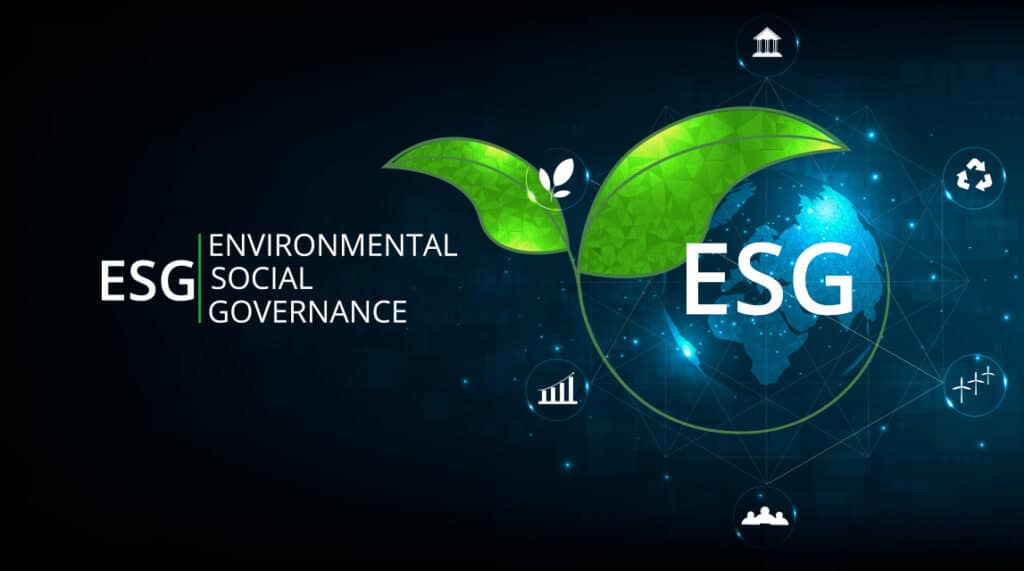Environmental, Social, and Governance (ESG) reporting has emerged as a critical aspect of corporate transparency and accountability. As stakeholders increasingly demand insights into a company’s sustainability practices and ethical governance, ESG reporting has become essential for businesses aiming to build trust and enhance their reputations.
What is ESG Reporting?
ESG reporting involves the disclosure of data related to a company’s performance in three key areas:
- Environmental: This covers a company’s impact on the planet, including carbon emissions, waste management, resource use, and efforts towards sustainability.
- Social: This focuses on a company’s relationships with its employees, suppliers, customers, and communities. It encompasses issues like labor practices, diversity, human rights, and community engagement.
- Governance: This pertains to the internal systems and practices that guide a company, including leadership structures, corporate ethics, compliance, and shareholder rights.
Importance of ESG Reporting
1. Stakeholder Expectations
Investors, consumers, and regulatory bodies are increasingly looking for transparency regarding a company’s ESG practices. A robust ESG report can enhance a company’s reputation and attract socially conscious investors.
2. Risk Management
ESG factors can significantly impact a company’s financial performance. By identifying and managing ESG-related risks, organizations can mitigate potential financial setbacks and improve long-term viability.
3. Regulatory Compliance
Governments and regulatory agencies are implementing stricter requirements for ESG disclosures. Compliance with these regulations is crucial to avoid penalties and maintain a positive public image.
4. Competitive Advantage
Companies that excel in ESG practices can differentiate themselves in the marketplace. A strong ESG profile can enhance brand loyalty, attract top talent, and foster innovation.
Frameworks and Standards
Numerous frameworks and standards have been developed to guide companies in their ESG reporting efforts:
1. Global Reporting Initiative (GRI)
The GRI provides a comprehensive framework for sustainability reporting, focusing on transparency and stakeholder engagement.
2. Sustainability Accounting Standards Board (SASB)
SASB offers industry-specific standards that help companies disclose material sustainability information to investors.
3. Task Force on Climate-related Financial Disclosures (TCFD)
The TCFD framework helps companies disclose climate-related risks and opportunities, fostering transparency in financial markets.
4. United Nations Sustainable Development Goals (SDGs)
Aligning ESG reporting with the SDGs allows companies to contribute to global sustainability efforts and demonstrate their commitment to social responsibility.
Best Practices for ESG Reporting
- Materiality Assessment: Identify the ESG issues that are most relevant to your business and stakeholders.
- Data Collection: Gather accurate and comprehensive data to support your ESG claims.
- Stakeholder Engagement: Involve stakeholders in the reporting process to ensure their perspectives and concerns are addressed.
- Transparency and Clarity: Present information in a clear, concise manner, making it accessible to a wide audience.
- Continuous Improvement: Use feedback from stakeholders to refine your ESG practices and reporting processes.
Conclusion
ESG reporting is no longer just a trend; it is a fundamental aspect of corporate strategy and stakeholder communication. By embracing ESG principles, companies can enhance their reputation, manage risks, and contribute to a more sustainable future. As the demand for transparency grows, organizations that prioritize ESG reporting will likely see significant benefits in terms of trust, loyalty, and long-term success.






